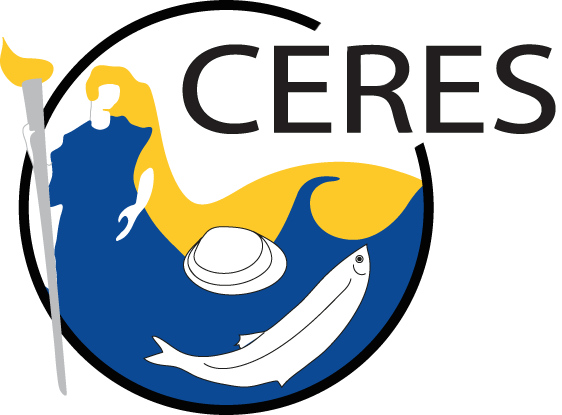CERES researchers developed a methodology for simulating three key determinants of aquaculture carrying capacity: husbandry, environmental effects, and disease, capable of scaling to any farm size: the Aquaculture, Biosecurity, and Carrying Capacity (ABC) framework.
They also combined deterministic models for simulation of biomass production and environmental effects for fish and shellfish with stochastic host-pathogen models and integration into an individual based model (IBM).
Husbandry results show the effects of food depletion in Eastern oyster, and the consequences of overstocking on production and water-column chlorophyll. Results on environmental effects of marine cage culture of gilthead sea bream show how hydrodynamics affects dissolved oxygen and ammonia.
Consequences of (a) salmon-IHNv pathogen event timing (early- or late-stage) on yield and mortality—the late-stage event costs almost 300,000 USD more in wasted feed; (b) a Vibrio aestuarianus outbreak in oysters—results show an 8% decrease in harvest although the host-pathogen overlap window is very short.
Climate change scenarios based on RCP 8.5 in year 2100 and consequences for a Herpes outbreak in oysters—ABC results show enhanced oyster growth as a direct effect of water temperature increase, but this is strongly outweighed by mortality as an indirect effect due to pathogens.
Ferreira JG, Taylor NG, Cubillo A, Lencart-Silva J, Pastres R, Bergh Ø, Guilder J. An integrated model for aquaculture production, pathogen interaction, and environmental effects. Aquaculture. 2021 Jan 30:736438.

Comments